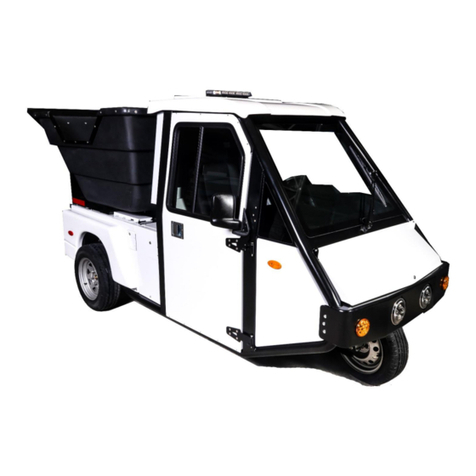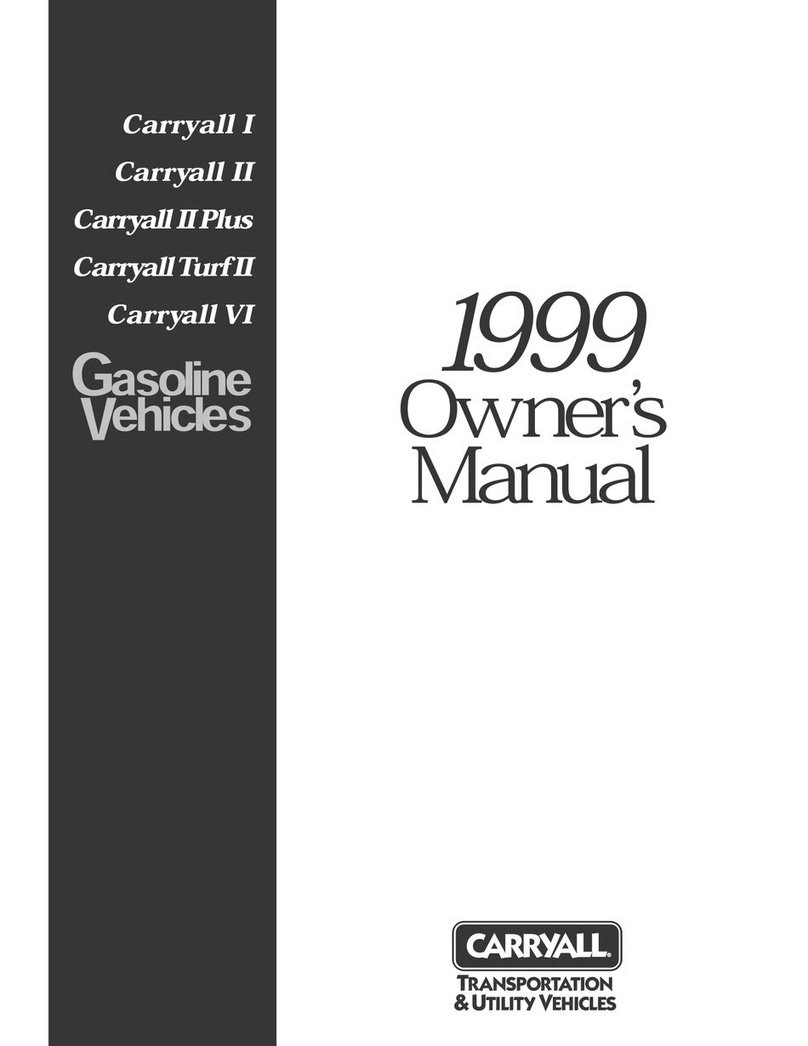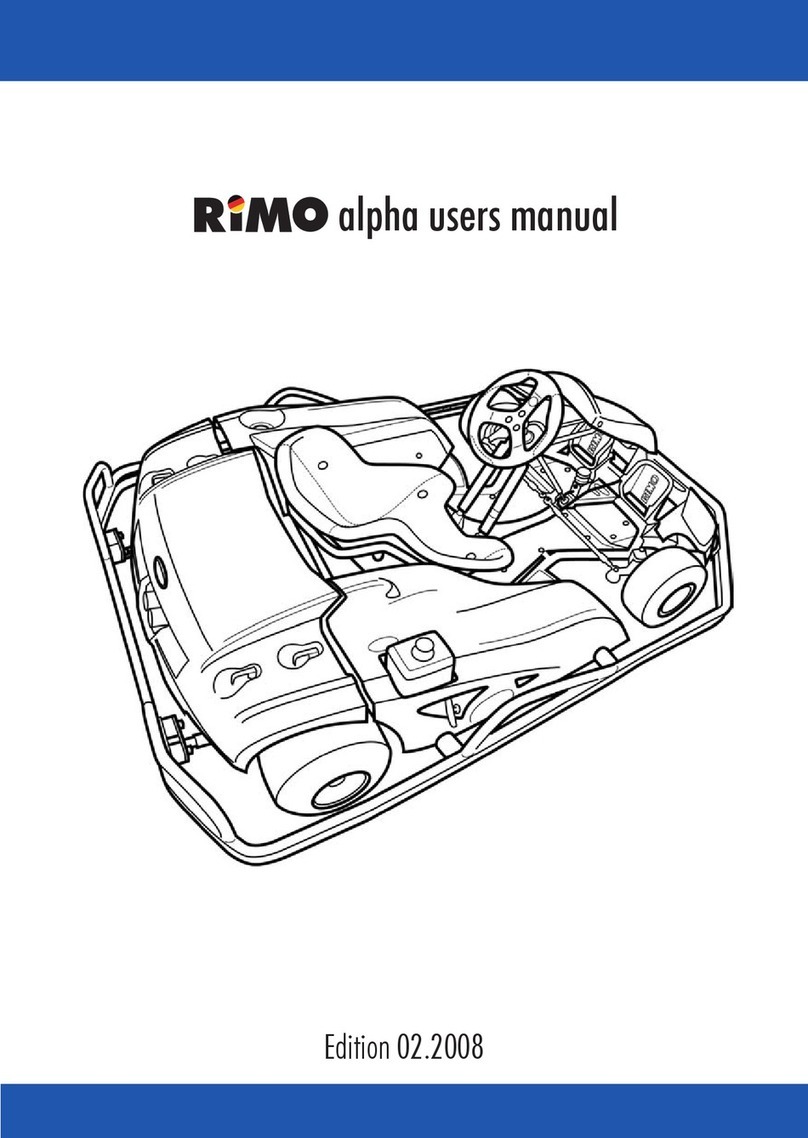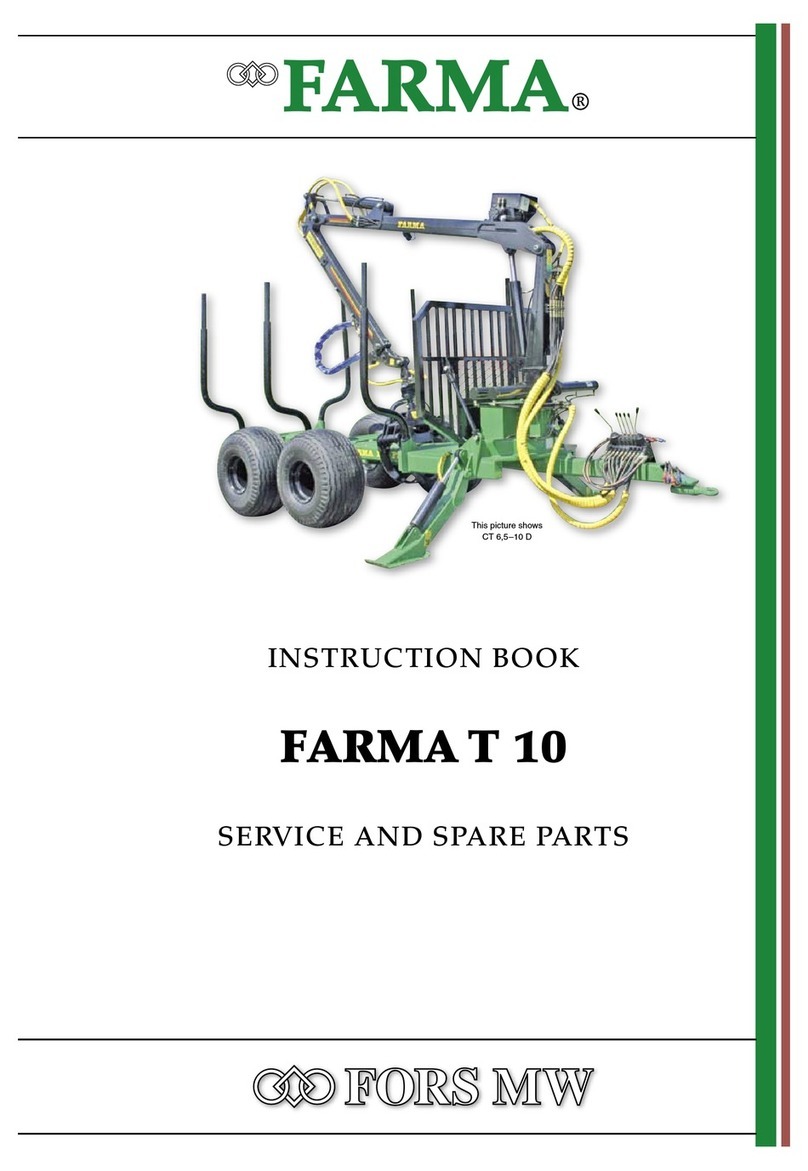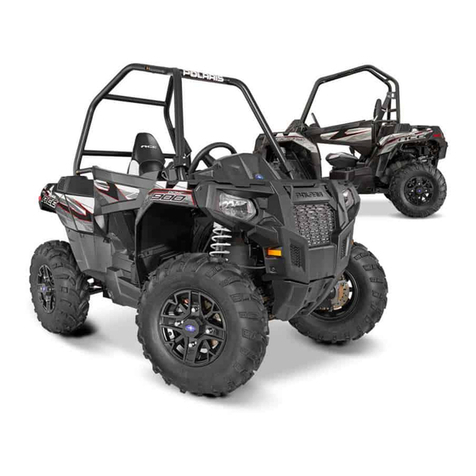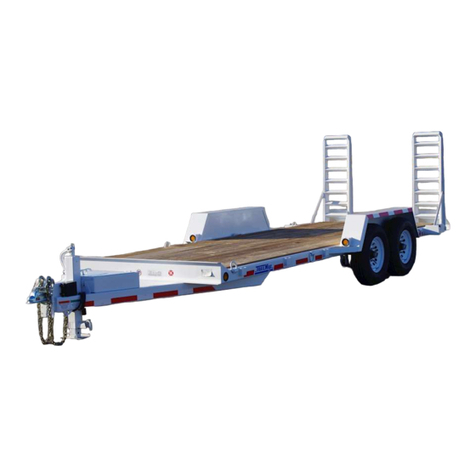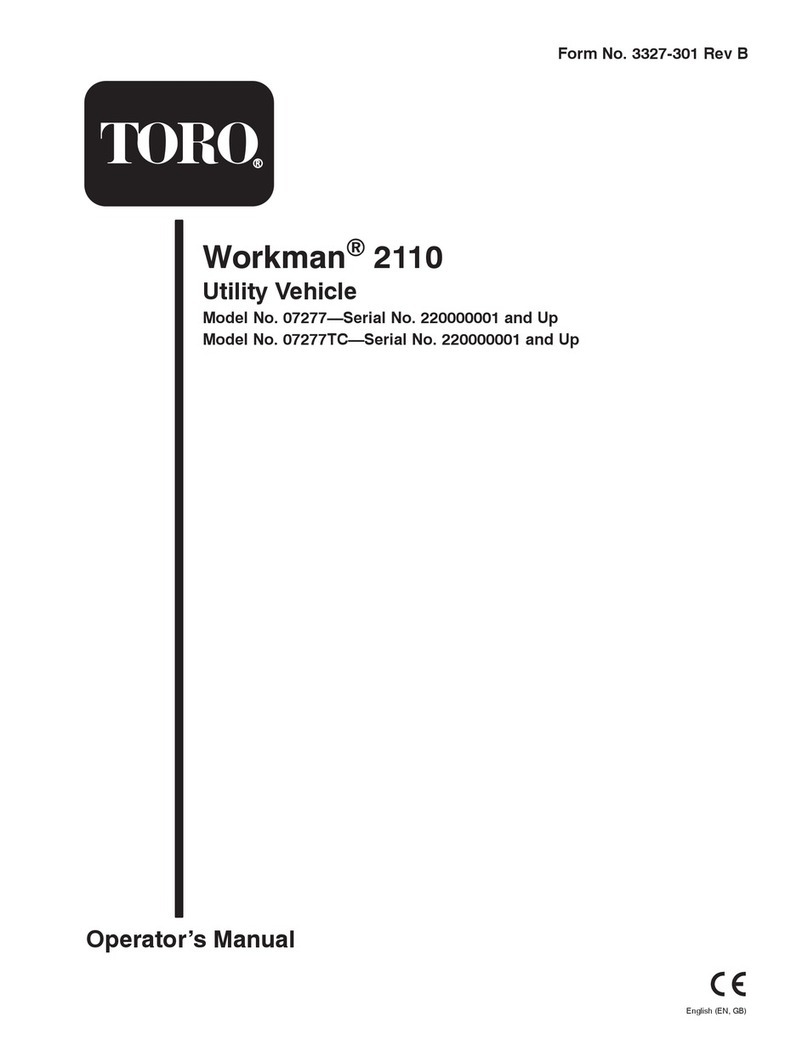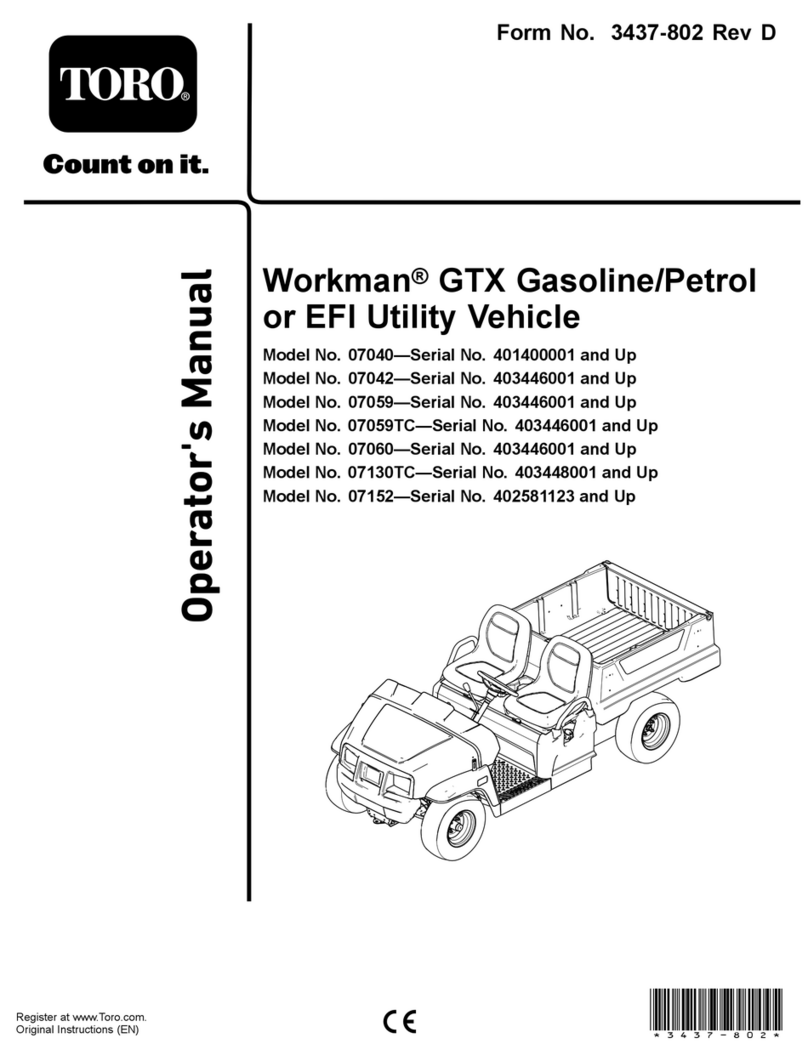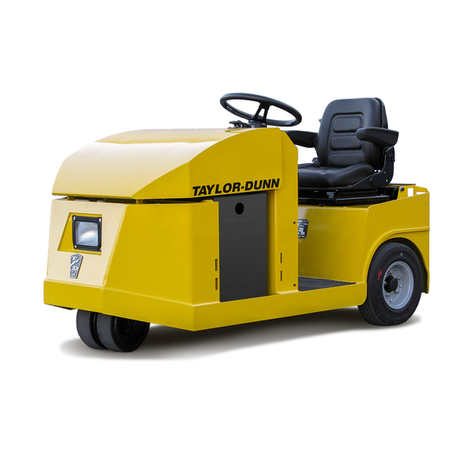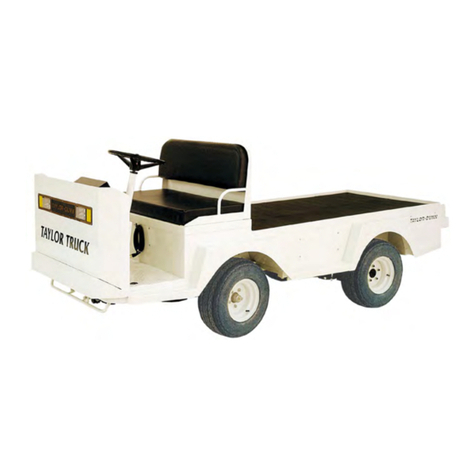
User and maintenance manual
2.5.15 Control box ........................................................................................................................................35
2.5.16 Bodywork...........................................................................................................................................35
2.5.17 Side box ............................................................................................................................................36
2.5.18 Surround protection...........................................................................................................................37
2.5.19 Rollbar ...............................................................................................................................................38
2.6 Safety devices ...................................................................................................................................38
2.6.1 Overview ...........................................................................................................................................38
2.6.2 Safety devices ...................................................................................................................................39
2.6.3 Signalling devices..............................................................................................................................40
2.6.4 EMERGENCY-STOP devices...........................................................................................................41
2.6.5 Warning signs....................................................................................................................................41
2.7 Kart operation....................................................................................................................................42
2.8 Scope of delivery...............................................................................................................................43
2.9 Technical data ...................................................................................................................................43
2.9.1 BMS default thresholds .....................................................................................................................46
3 Safety ............................................................................................................................................ 47
3.1 General safety instructions................................................................................................................47
3.1.1 Avoiding dangerous situations ..........................................................................................................47
3.1.2 Operating instructions .......................................................................................................................47
3.1.3 Troubleshooting instructions .............................................................................................................48
3.1.4 Maintenance and repair instructions .................................................................................................48
3.1.5 General notes and instructions re. electrical equipment...................................................................48
3.1.6 Electromagnetic compatibility (EMC) ................................................................................................49
3.1.7 Environmental protection ..................................................................................................................49
3.2 Inadmissible operating conditions .....................................................................................................49
3.3 Duties of the kart operator.................................................................................................................50
3.3.1 Minimising risk of injury .....................................................................................................................50
3.3.2 Assigning tasks to personnel ............................................................................................................51
3.3.3 Personnel training .............................................................................................................................51
3.3.4 Driver instruction ...............................................................................................................................52
3.3.5 Personal protective equipment..........................................................................................................52
3.4 Requirements for operator's personnel.............................................................................................52
3.4.1 Qualification.......................................................................................................................................52
3.4.2 Skills and knowledge for drive operation ..........................................................................................55
3.4.3 Operator's personnel groups.............................................................................................................55
3.4.4 Specific skills and knowledge............................................................................................................56
3.5 Requirements to be met by drivers ...................................................................................................56
3.5.1 Clothing and physical fitness.............................................................................................................56
3.6 Personal protective equipment..........................................................................................................57
3.7 Residual risks ....................................................................................................................................58


